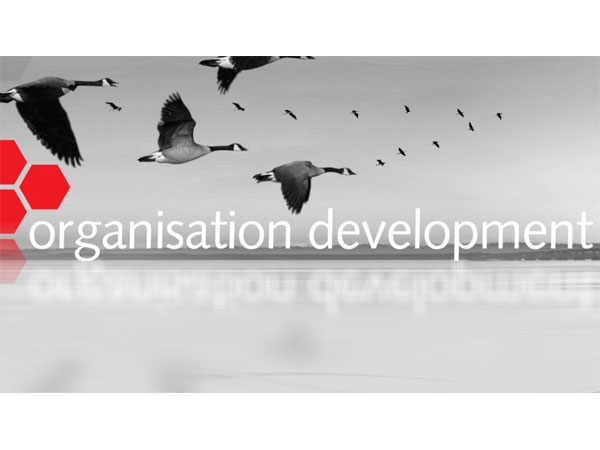One of the biggest misconceptions about Employee Ownership (EO) is that it’s simply a change in the ownership structure of your business. But EO isn’t just a legal shift – it’s a shift in how decisions are made, how employees engage with the business, and what leadership looks like. It’s a fundamental culture change, and not to be under estimated. Here’s how to manage it.
From hierarchy to shared responsibility
For years, your employees have been used to working in a clear structure – a ‘founder-led’ culture. Decisions come from the top, and employees carry them out. EO challenges that model, and you might expect that it would prompt a shift towards collective accountability. You might initially be surprised…
Many new EO businesses struggle because employees expect the same leadership structure to continue, just with new owners. But if true ownership is to take root, your employees must move beyond seeing themselves as workers and start thinking like business co-owners. This transition requires clear communication, structured decision-making processes, and training to build confidence in this new way of working.
The biggest cultural challenges
- The ‘leadership vacuum’ problem – If you step back without a clear transition plan, and a nominated successor, properly installed, your employees may feel leaderless and uncertain.
- Over-reliance on old habits – Even with an EO model in place, your employees may still look to senior figures to ‘approve’ every decision. And it takes a strong-minded founder not to see this as a weakness in the team and succumb to the temptation to step in and fix things!
- Accountability gaps – Some employees may assume EO means that ‘everyone having a voice’ means ‘everyone makes every decision.’ Without a clear governance structure, decision-making can slow to a crawl, causing frustration and inefficiency.
Successful EO businesses define clear roles
- Leadership teams still provide strategic direction.
- Co-owner councils or forums offer structured input.
- Decision-making processes are transparent but not bogged down in bureaucracy.
Training employees in accountability
To make EO work, your employees need to be equipped with new skills and mindsets. This means:
- Financial literacy – so they understand the business’s health.
- Decision-making – creating new skills and safe spaces to practise making key calls.
- Clear expectations – everyone needs to know their role in making EO successful.
- Ownership mindset – encouraging proactive problem-solving and engagement.
Case study:
This medium-sized SME manufacturing components for the construction industry transitioned to employee ownership during 2019 and the current MD was appointed at the beginning of 2020. Even with the advent of the pandemic, the MD was keen to revisit the roles and accountabilities of the Leadership Team and subsequently those of every manager in the company. The company is strongly values-driven and solid behaviour standards are key to its management.
We worked with intact teams:
- to revisit and redevelop individual roles and accountabilities for every director and manager consistent with the company’s new vision and strategy.
- to incorporate these new role definitions into an updated performance planning and review process appropriate to the newly co-owned company.
- to cascade the roles and accountabilities process to all remaining co-owners so every individual in the company had the opportunity to renegotiate and update their role.
The performance planning and review process was very successfully launched at leadership and management levels, and once ‘bedded-in’ was also expanded to cover every co-owner in the company.
Results achieved
- Business survival through a very tricky period.
- A solid platform in place for subsequent growth.
- Director and Management teams completely clear on their collective and individual accountabilities relevant to the company’s new direction and strategy.
- Missing and overlapping accountabilities clarified and rationalised throughout the organisation.
- A straightforward and bespoke way of planning and reviewing performance against both objectives and behaviour standards regularly used by leaders and managers.
These measures gave the company a clear leadership structure to guide the transition, and the business also introduced a co-owner forum and regular all-company financial transparency meetings.
All these steps helped employees take ownership, rather than waiting for direction. Several really stepped up and have since (3-4 years on) been promoted to senior leadership positions in the company.
Getting it right – and reaping the rewards
The shift from ‘boss-led’ to ‘collective accountability’ isn’t automatic. It takes structure, training, and time. You can’t just ‘flip the switch’ to employee ownership and expect the culture to change overnight. A deliberate, well-supported transition is needed to shift from hierarchy to collective responsibility, and ensure the business thrives under the new model.
But for businesses that get it right, EO creates a more engaged workforce, better decision-making, and a really solid foundation for long-term success.
